The Spanish are a passionate people, and it is no surprise that they have had such an impact on the world. There are many things that make their culture so beautiful, including but not limited to their cuisine, architecture, and one of the most important aspects of this country’s culture is of course music.
A lot of famous composers came from Spain and in this post, we’re going to look at 10 of the greatest Spanish composers. Let’s get started.
1. Isaac Albeniz
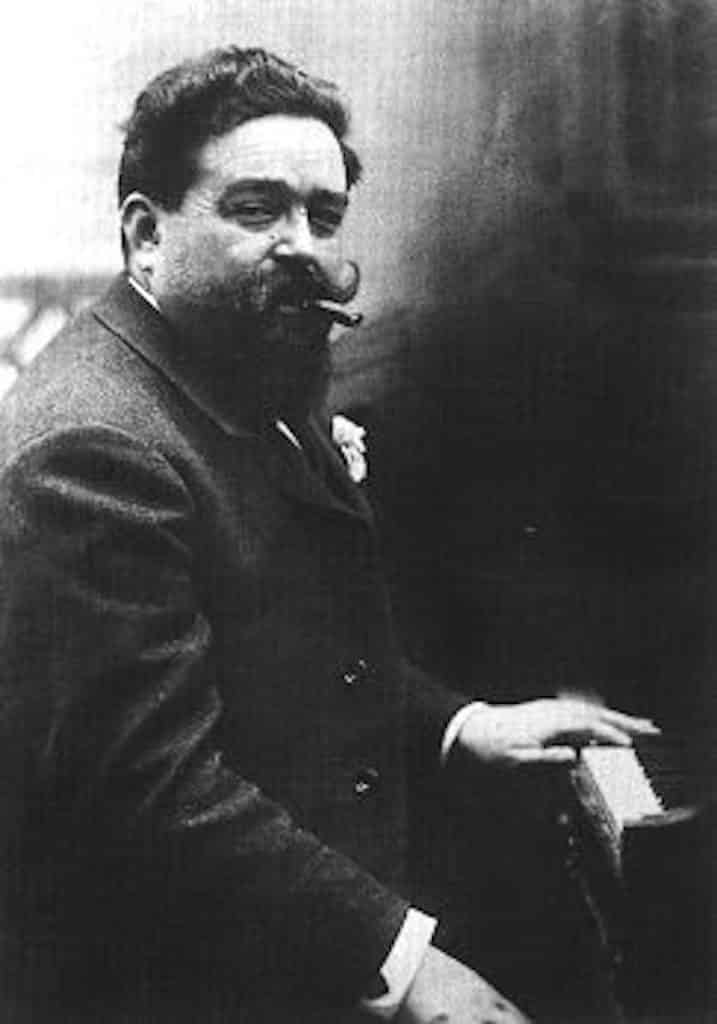
We begin our list with one of the post-romantic era’s greatest composers and pianists, Isaac Albeniz.
Albeniz was born on May 29, 1860, in a small town near Girona, Spain.
He influenced Spain’s national composition style and led the country’s nationalist school of musicians.
A piano prodigy, Albeniz’s talent was apparent from the time he was four years old.
He had run away from home twice before he was 12 years old, using his music to support himself financially.
His father would eventually agree to let him go on the road with his music.
He moved to Paris in 1893 after studying under Felipe Pedrell, the father of Spain’s nationalist music movement.
He infused his work with elements from Spanish folk music, including rhythms, harmonies, and melodic styles.
Albeniz’s piano pieces brought him fame, with Iberia, a suite of 12 virtuoso piano pieces, being his most celebrated work:
2. Manuel de Falla
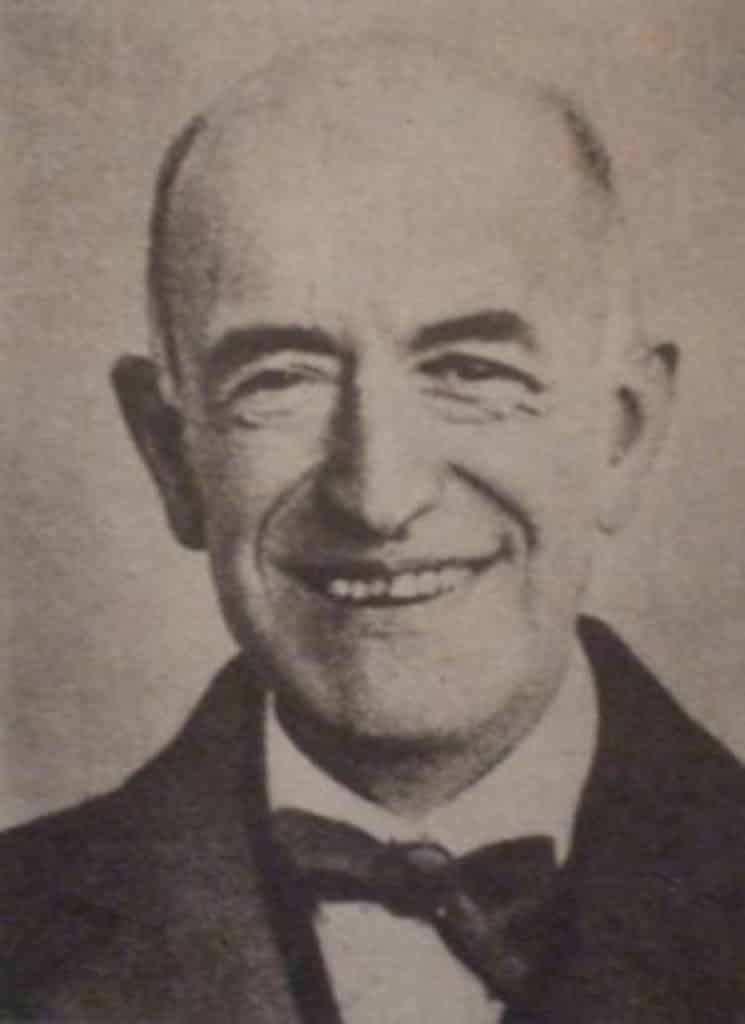
Next on our list is a Spanish composer and pianist Manuel De Falla.
Considered by many to be the best Spanish composer of the 20th century, De Falla was born on November 23, 1876, in Cadiz, Spain.
Andalusian Flamenco and other sounds from his home region had a profound influence on his music.
Falla’s mother taught him to play the piano.
He later studied with Felipe Pedrell in Madrid.
His music was known for its fusion of poetry, asceticism, and the enthusiasm of Spain’s national spirit, which is apparent in many of his works, including the ballet El Amor Brujo, Noches en Los Jardines de España, and the one-act opera La Vida Breve.
During his lifetime, De Falla lived in Paris, Madrid, Granada, and finally, Argentina.
De Falla produced his first compositions in Paris, where he got to know French classical composers Claude Debussy, Paul Dukas, and Maurice Ravel.
Here’s a performance of Noches en Los Jardines de España:
He died in exile in Argentina on November 14, 1946.
3. Joaquin Rodrigo
Blinded after contracting diphtheria at the age of three, Juaquin Rodrigo would go on to become one of the greatest Spanish composers in history.
Born in the province of Valencia on November 22, 1901, Rodrigo credited his blindness with inspiring his musical career.
He spent his youth studying in a school for the blind, where he developed an interest in music and literature.
He took music lessons at the Valencia Conservatoire.
He studied in Paris and Germany during the Spanish Civil War, where he refined his musical style.
He married Turkish pianist Victoria Kamhi in 1933, who would go on to manage his career.
Rodrigo produced his first major work, Concierto De Aranjuez, for guitar and orchestra in 1939.
The composition was a runaway success that he was never able to surpass.
He was best known for his guitar compositions but also produced concerti for other instruments.
This is one of Rodrigo’s most recognized pieces, Adagio:
4. Francisco Tarrega
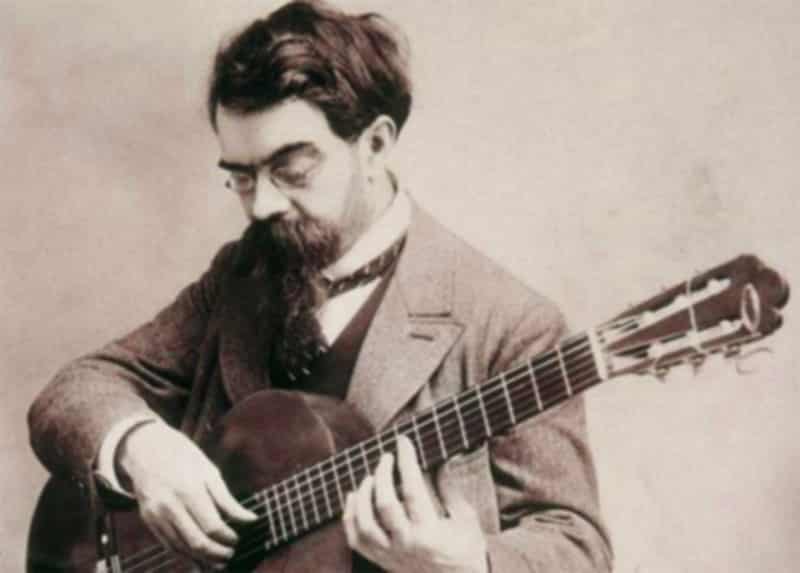
Often referred to as the father of guitar, Francisco Tarrega was born on November 21, 1852, in Castellon, Spain.
Considered by many to be one of the greatest guitarists of all time, he lived at the peak of the Romantic era.
Tarrega badly injured his eyes when he ran away from home as a child.
After this incident, his parents took him to study with blind musicians Manuel González and Eugeni Ruiz, so he could continue his music career even if he went blind.
Tarrega played the guitar and piano proficient by the time he reached his teen years.
By the 1870s, Tarrega was teaching the guitar and performing throughout Spain.
His unique mix of romanticism with elements of Spanish folk music delighted audiences.
His most famous composition was Recuerdos de la Alhambra.
He produced his last work, Oremus, in 1909 after becoming paralyzed on his right side and died in Barcelona shortly after that.
One of my personal favorites is Tarrega’s Capricho Arabe:
5. Francisco Guerrero
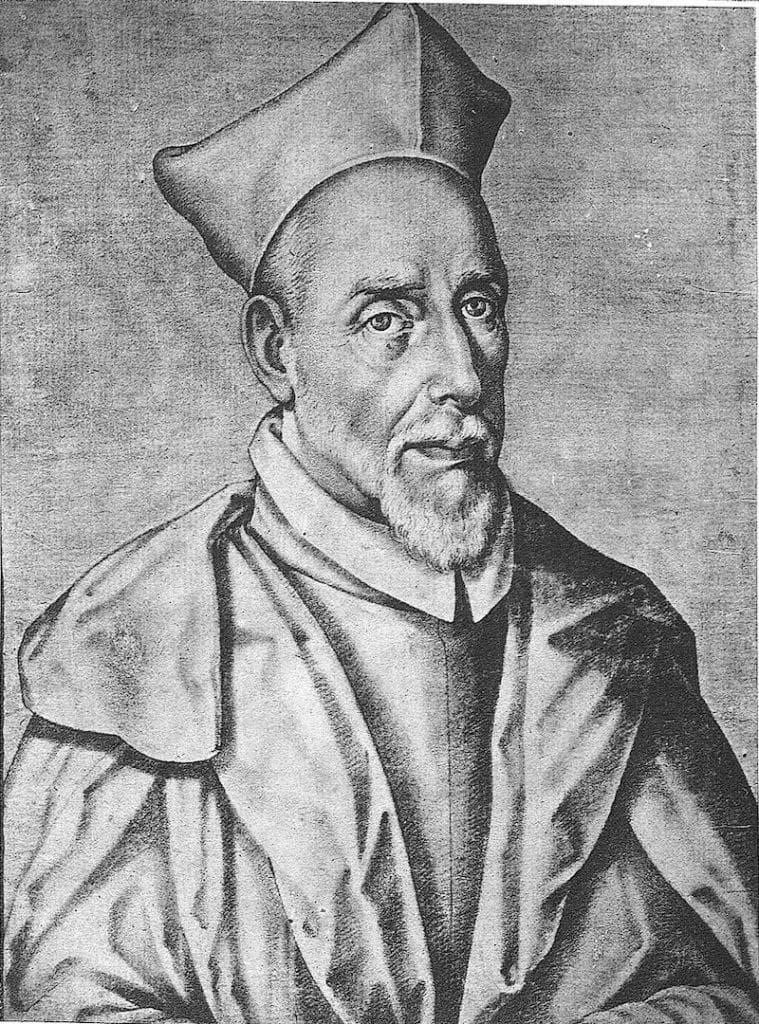
Renaissance composer and Catholic Priest Francisco Guerrero was born on October 4(?), 1528, in Seville, Spain.
A leading 16th-century Spanish composer, Guerrero’s introduction to music came as a choirboy.
His brother trained him, and he became proficient at many instruments and began composing during his early years.
Jaen Cathedral in Andalusia, Spain, made him the chapel master when he was 18 years old.
He moved onto the Seville Cathedral in 1546, becoming its musical director five years later and chapel master in 1574.
He spent most of his music career in Seville, besides a trip to Rome and Jerusalem.
His music includes powerful Spanish features and is supremely vocal.
He produced secular and sacred music during his career.
His compositions include two requiems, 19 masses, and instrumental music for the vihuela.
He captured various moods in his work, from sadness and despair to rapture and euphoria.
You can listen to Guerrero’s Requiem here:
6. Antonio Soler
Born on December 3, 1729, Padre Antonio Soler’s career spanned the Baroque and Classical musical eras.
Besides being a great composer, Soler was a priest, monk, mathematician, inventor, organist, teacher, and student.
Soler was born into a family of musicians, and he began studying music at an early age.
He learned composition and how to play the organ as a student at Benedictine monastery choir school in Montserrat.
Soler spent most of his career at the royal palace, chapel, and monastery King Phillip II built outside Madrid, San Lorenzo del Escorial.
Soler is best-known for the 120 keyboard sonatas he wrote during his career, some of which feature traditional Spanish rhythms and expressions.
He was known to work 20 hours a day.
Soler’s prolific musical career is especially notable because he produced many pieces while carrying out his other responsibilities.
You can experience Soler’s sonatas here:
By the time he died at 54 years old, he had written over 400 compositions.
7. Federico Mompou
Reclusive composer Federico Mompou was born in Barcelona, Spain, on April 16, 1893.
Mompou never formally studied composition but did study harmony and piano in Barcelona and Paris.
His work featured traditional Catalan melodies with touches of jazz.
He produced pieces exclusively for solo piano with the occasional lone voice.
He spent 20 years composing in Paris after the Spanish Civil War.
Mompou’s music was popular in Paris and performed widely.
He wrote most of his pieces for the piano, including the four volumes, Intimate Impressions, Scènes d’enfants, and Música callada, which he wrote between 1959 and 1967.
Mompou also produced guitar and vocal music.
His Suite Compostelana, written in 1962, was the only work he created for the guitar
His vocal work included Songs by Mompou, which had a notable Catalan influence but without excessive nationalism.
Listen to the Mompou’s complete piano works here:
8. Tomás Luis de Victoria

One of the Counter-Reformation era’s greatest composers, Tomas Luis de Victoria, was in Spain’s Avila province around 1548.
Victoria was also an organist and the most celebrated polyphonist during the Spanish Renaissance.
After his father died in 1557, his uncle, a priest, cared for the family.
During this time, Victoria became a choirboy in the cathedral in Avila.
He would stay in Avila until becoming a cantor at the German College in Rome.
He later returned to Spain and served as the Chaplemaster at Descalzas Reales convent in Madrid.
Victoria produced his first and most famous book of motets in 1572.
The collection includes motets ranging from four to eight voices, including Vere languores and O vos omnes.
Throughout his life, Victoria also published 20 settings of the Mass and several Megnificat settings, anthems, psalms, hymns, responsories, and lamentations.
This is one of Victoria’s most famous works, Cantica Beatae Virginis:
9. Enrique Granados
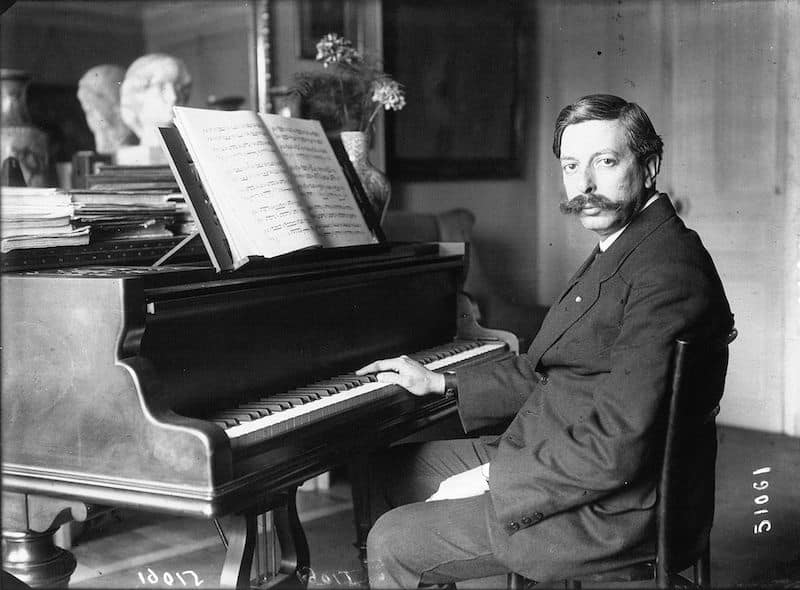
Classical composer and concert pianist Enrique Granados was born in Lleida, Spain, on July 27, 1867.
Granados studied composition and the piano and composition in Barcelona before moving to Paris to study in 1887.
He made significant contributions to the creation of Spain’s national music.
After returning to Barcelona in 1889, Granados gained international fame as a concert pianist.
Besides performing, Granados taught piano and composed.
One of his earliest piano compositions was Danzas españolas, which consisted of 4 sets with twelve pieces.
He integrated features of Spanish folk music into these pieces.
Granados’ most acclaimed work was the piano suite Goyescas, first performed in Barcelona in 1911 to an enthusiastic reception.
After receiving an equally enthusiastic reception to the Goyescas in Paris, Granados was elected to the Legion of Honor and asked to turn Goyesca into an Opera.
Listen to Granado’s famous work, Twelve Spanish Dances, here:
10. Alonso Mudarra
Spanish Renaissance period composer Alonso Mudarra produced the earliest surviving guitar music.
He was born in 1510 and grew up in Guadalajara; his birthplace is unknown.
He was a vihuelist and composer of innovative instrumental music and among the best vihuela players in Seville.
Many believe he traveled to Italy with King Charles V in 1529.
Upon his return to Spain, Mudarra entered the priesthood, later becoming a canon and overseeing musical activities at the Seville Cathedral.
His book for the vihuela and guitar, Tres libros de musica en cifras para vihuela, included short prelude pieces, four-course works for the guitar, harp and organ pieces, instrumental dances, differencias, and fantasias.
Mudarra is most well-known for his Fantasia X among modern audiences, which is often performed and recorded.
Mudarra wrote his songs in Italian, Spanish and Latin.
When he died, Mudarra left a considerable portion of his wealth to the city of Seville.
You can listen to Mudarra’s Tres libros de Musica here:
Summing up the Best Composers From Spain
From the Andalusian region of southern Spain to Catalonia and Valencia in the northeast, Spain has produced some incredible composers and this list doesn’t even begin to scratch the surface of great composers who called Spain home.
We hope this post has inspired you to explore more classical music from Spain and we encourage you to listen to some more of their works over on Spotify or YouTube.
Enjoy and adios.
